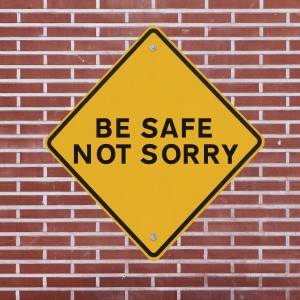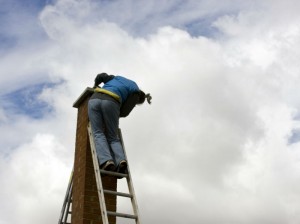Only Trust a Certified Technician to Clean Your Chimney
Fireplaces are an important part of our homes. In addition to serving a decorative or aesthetic purpose, they add value to a house and can serve as a reliable heat source during cold winter months. Despite the importance of proper fireplace and chimney maintenance, many homeowners neglect to complete necessary annual cleanings or attempt to do it themselves.
While DIY projects are a great way to save money on many household projects, cleaning a chimney system is not a project that should be undertaken by the average weekend warrior. By hiring a certified professional, homeowners can guarantee that their chimneys and fireplaces will last for years to come.
Why use a certified chimney sweep?
Just as you would not go to a dentist for a broken leg, it is not recommended to hire a regular renovation company to clean, update, or repair a broken fireplace or chimney. Hiring a certified chimney sweep ensures that the person servicing your chimney system is a trained professional who is up to date with the latest technology, standards, and techniques in the industry.
Most reputable companies will have chimney sweeps certified by the Chimney Safety Institute of America, or CSIA. With over 1,400 CSIA certified chimney sweeps in North America, it is easy to locate one of these highly trained professionals to service your chimney system. The technicians from Jack Pixley Sweeps are certified by both the CSIA and the National Chimney Sweep Guild.
What can I expect from a certified chimney sweep?
CSIA certified chimney sweeps are held to a higher level of knowledge and professionalism than others working in the industry. Because of this, you can expect your chimney sweep to be knowledgeable about the most recent advancements in chimney, fireplace, and venting safety along with the local building codes and manufacturer’s instructions for newly installed appliances.
Certified chimney sweeps should also act in a professional manner, including taking the time to explain how the cleaning process works, answering any questions you may have, and ensuring that furniture, carpets, and any other home décor is properly protected before beginning. Sweeps will evaluate both the interior and exterior of your chimney system, employing tools like the traditional chimney brush along with more modern technology such as vacuums, cameras, and other electronics.
Why is an annual inspection important?
An annual chimney inspection or cleaning is a chore that many homeowners tend to put off or ignore. Because of this, many small problems that could be easily and inexpensively fixed are not found until they become much bigger, more expensive, and more labor intensive problems.
“A chimney inspection is like an annual dental check-up,” says Ashley Eldridge, Director of Education for the CSIA. “It’s preventative maintenance that helps minimize potential hazards.” Additionally, the National Fire Protection Association Standard 211 says, “Chimneys, fireplaces, and vents shall be inspected at least once a year for soundness, freedom from deposits, and correct clearances. Cleaning, maintenance, and repairs shall be done if necessary.”
A certified chimney sweep will be able to not only clean and maintain your fireplace system, but will also be able to identify any areas in need of repair or those that many deteriorate in the future. Sweeps are also able to diagnose the causes behind common issues such as drafty chimneys, water leakage, or animal entry.


